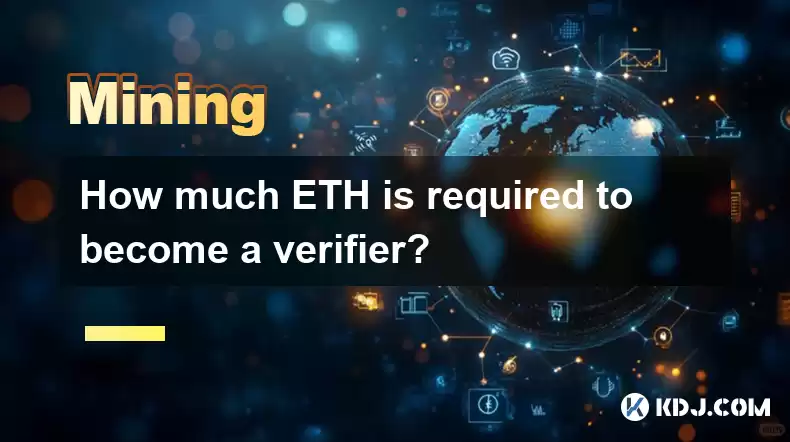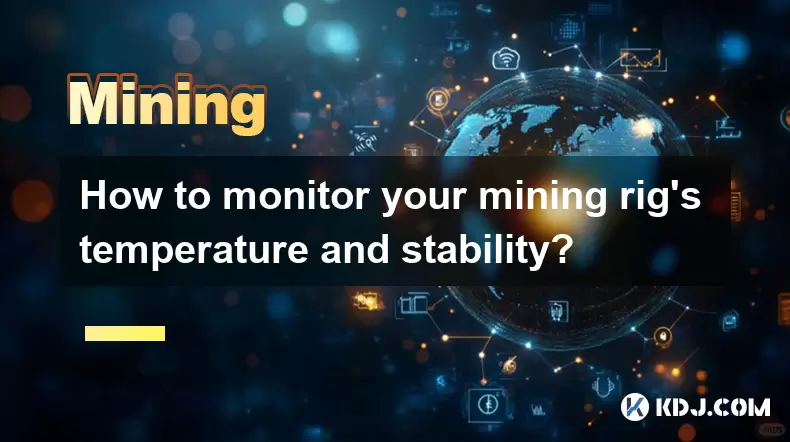-
 Bitcoin
Bitcoin $116400
-0.36% -
 Ethereum
Ethereum $4033
3.40% -
 XRP
XRP $3.302
-1.26% -
 Tether USDt
Tether USDt $1.000
-0.02% -
 BNB
BNB $796.1
1.67% -
 Solana
Solana $177.8
1.89% -
 USDC
USDC $0.9999
0.00% -
 Dogecoin
Dogecoin $0.2314
4.09% -
 TRON
TRON $0.3381
0.14% -
 Cardano
Cardano $0.7989
1.22% -
 Stellar
Stellar $0.4496
-1.84% -
 Chainlink
Chainlink $20.42
9.42% -
 Hyperliquid
Hyperliquid $41.17
0.88% -
 Sui
Sui $3.914
3.77% -
 Bitcoin Cash
Bitcoin Cash $584.7
1.52% -
 Hedera
Hedera $0.2632
-0.54% -
 Avalanche
Avalanche $24.09
3.40% -
 Ethena USDe
Ethena USDe $1.001
-0.02% -
 Litecoin
Litecoin $123.2
1.33% -
 Toncoin
Toncoin $3.318
-0.04% -
 UNUS SED LEO
UNUS SED LEO $8.984
-0.05% -
 Shiba Inu
Shiba Inu $0.00001323
2.85% -
 Uniswap
Uniswap $10.90
4.41% -
 Polkadot
Polkadot $3.999
3.34% -
 Dai
Dai $1.000
0.01% -
 Cronos
Cronos $0.1630
9.64% -
 Bitget Token
Bitget Token $4.484
0.82% -
 Monero
Monero $272.4
2.44% -
 Pepe
Pepe $0.00001173
6.03% -
 Aave
Aave $290.8
2.88%
How much ETH is required to become a verifier?
To become an Ethereum verifier, you must stake a minimum of 32 ETH, meet technical requirements, and maintain a reliable hardware and software setup to validate transactions and secure the PoS network.
Feb 25, 2025 at 07:18 pm

Key Points:
- Understanding the Role of Verifiers in Ethereum's Proof-of-Stake System
- Exploring the Requirements for Becoming an Ethereum Verifier
- Step-by-Step Guide to Staking ETH to Become a Verifier
- Cost Considerations and Potential Returns
- Security Measures and Responsibilities of Verifiers
- FAQs on Ethereum Verifier Eligibility and Rewards
Understanding the Role of Verifiers in Ethereum's Proof-of-Stake System
The Ethereum Proof-of-Stake (PoS) protocol introduces the concept of verifiers, who play a crucial role in validating transactions and securing the network. Verifiers are responsible for attesting to the validity of blocks proposed by proposers and participating in the consensus mechanism. By staking their ETH, verifiers contribute to the security and stability of the Ethereum network.
Exploring the Requirements for Becoming an Ethereum Verifier
To become an Ethereum verifier, you must meet certain eligibility criteria:
- ETH Staking: Verifiers must stake a minimum of 32 ETH to participate in the consensus process.
- Hardware and Software: Verifiers require reliable hardware (e.g., server-grade computers) and software (e.g., Ethereum client and validator software).
- Technical Expertise: Verifiers should possess a sound understanding of blockchain technology, Ethereum protocols, and general computer operations.
Step-by-Step Guide to Staking ETH to Become a Verifier
- Acquire and Install Hardware and Software: Obtain a server-grade computer and install the Ethereum client software and validator software.
- Create an Ethereum Wallet: Create an Ethereum wallet to hold your staked ETH.
- Deposit 32 ETH to the Deposit Contract: Send 32 ETH from your wallet to the Ethereum Deposit Contract.
- Initialize Validator Software: Initialize the validator software with your wallet details and other required parameters.
- Propose and Attest Blocks: Start proposing blocks (if selected) and attest to the validity of blocks proposed by others.
Cost Considerations and Potential Returns
- ETH Staking: The primary cost is the stake of 32 ETH, which is required to become a verifier.
- Hardware and Software Costs: The cost of hardware and software can vary depending on the specifications required for reliable operation.
- Potential Returns: Verifiers earn rewards for proposing and attesting to blocks. The rewards are proportional to the amount of ETH staked.
Security Measures and Responsibilities of Verifiers
- Maintain Network Uptime: Verifiers are expected to keep their validators online and responsive to avoid penalties.
- Secure Private Keys: The private keys used for signing blocks must be kept secure to prevent unauthorized access.
- Follow Ethereum Protocols: Verifiers must adhere to the Ethereum protocol rules and guidelines to ensure network security and stability.
FAQs on Ethereum Verifier Eligibility and Rewards
What is the minimum ETH required to become a verifier?
- 32 ETH
What is the role of hardware and software in ETH staking?
- Hardware provides the processing power and storage, while software enables communication with the Ethereum network and manages the staking process.
How are verifiers rewarded?
- Verifiers earn rewards for proposing and attesting to blocks, which are distributed proportionally to the amount of ETH staked.
Are there penalties for failing to perform verification duties?
- Yes, verifiers may be penalized for failing to keep validators online or attesting to invalid blocks.
Disclaimer:info@kdj.com
The information provided is not trading advice. kdj.com does not assume any responsibility for any investments made based on the information provided in this article. Cryptocurrencies are highly volatile and it is highly recommended that you invest with caution after thorough research!
If you believe that the content used on this website infringes your copyright, please contact us immediately (info@kdj.com) and we will delete it promptly.
- HAT Token Mania: Price Surges, Crypto Auctions, and Meme Coin Mayhem
- 2025-08-09 11:10:11
- Undervalued Cryptos Primed for a 2025 Takeoff: MAGACOIN, TRX, and SUI Lead the Pack
- 2025-08-09 11:10:11
- Bitcoin Goes to Harvard: Ivy League Embraces Digital Assets
- 2025-08-09 10:50:12
- Bitcoin, BlockDAG, and Toncoin: Decoding the Crypto Buzz in NYC
- 2025-08-09 11:30:11
- XRP, Pi Network, and Binance Listing Buzz: What's the Hype?
- 2025-08-09 11:30:11
- Arctic Pablo Coin: The Meme Coin Presale Promising High ROI in Q3 2025
- 2025-08-09 10:50:12
Related knowledge

What is "proof-of-work" and how does it relate to mining?
Aug 07,2025 at 02:03pm
Understanding the Concept of Proof-of-WorkProof-of-work (PoW) is a consensus mechanism used in blockchain networks to validate transactions and secure...

What are the differences between mining on Windows vs. Linux?
Aug 06,2025 at 11:29pm
Overview of Cryptocurrency Mining PlatformsCryptocurrency mining involves using computational power to solve complex cryptographic puzzles and validat...

How to use an old computer for cryptocurrency mining?
Aug 07,2025 at 12:42pm
Understanding the Feasibility of Using an Old Computer for MiningUsing an old computer for cryptocurrency mining may seem outdated, but it is still te...

Can you mine cryptocurrency using solar power?
Aug 07,2025 at 12:00am
Understanding the Basics of Cryptocurrency MiningCryptocurrency mining involves validating transactions on a blockchain network by solving complex cry...

How to monitor your mining rig's temperature and stability?
Aug 09,2025 at 09:43am
Understanding the Importance of Temperature Monitoring in Mining RigsMaintaining optimal temperature levels in a mining rig is essential for long-term...

How to build a mining rig inside a PC case?
Aug 06,2025 at 11:01pm
Understanding the Basics of a Mining Rig in a PC CaseBuilding a mining rig inside a PC case involves transforming a standard computer chassis into a d...

What is "proof-of-work" and how does it relate to mining?
Aug 07,2025 at 02:03pm
Understanding the Concept of Proof-of-WorkProof-of-work (PoW) is a consensus mechanism used in blockchain networks to validate transactions and secure...

What are the differences between mining on Windows vs. Linux?
Aug 06,2025 at 11:29pm
Overview of Cryptocurrency Mining PlatformsCryptocurrency mining involves using computational power to solve complex cryptographic puzzles and validat...

How to use an old computer for cryptocurrency mining?
Aug 07,2025 at 12:42pm
Understanding the Feasibility of Using an Old Computer for MiningUsing an old computer for cryptocurrency mining may seem outdated, but it is still te...

Can you mine cryptocurrency using solar power?
Aug 07,2025 at 12:00am
Understanding the Basics of Cryptocurrency MiningCryptocurrency mining involves validating transactions on a blockchain network by solving complex cry...

How to monitor your mining rig's temperature and stability?
Aug 09,2025 at 09:43am
Understanding the Importance of Temperature Monitoring in Mining RigsMaintaining optimal temperature levels in a mining rig is essential for long-term...

How to build a mining rig inside a PC case?
Aug 06,2025 at 11:01pm
Understanding the Basics of a Mining Rig in a PC CaseBuilding a mining rig inside a PC case involves transforming a standard computer chassis into a d...
See all articles

























































































